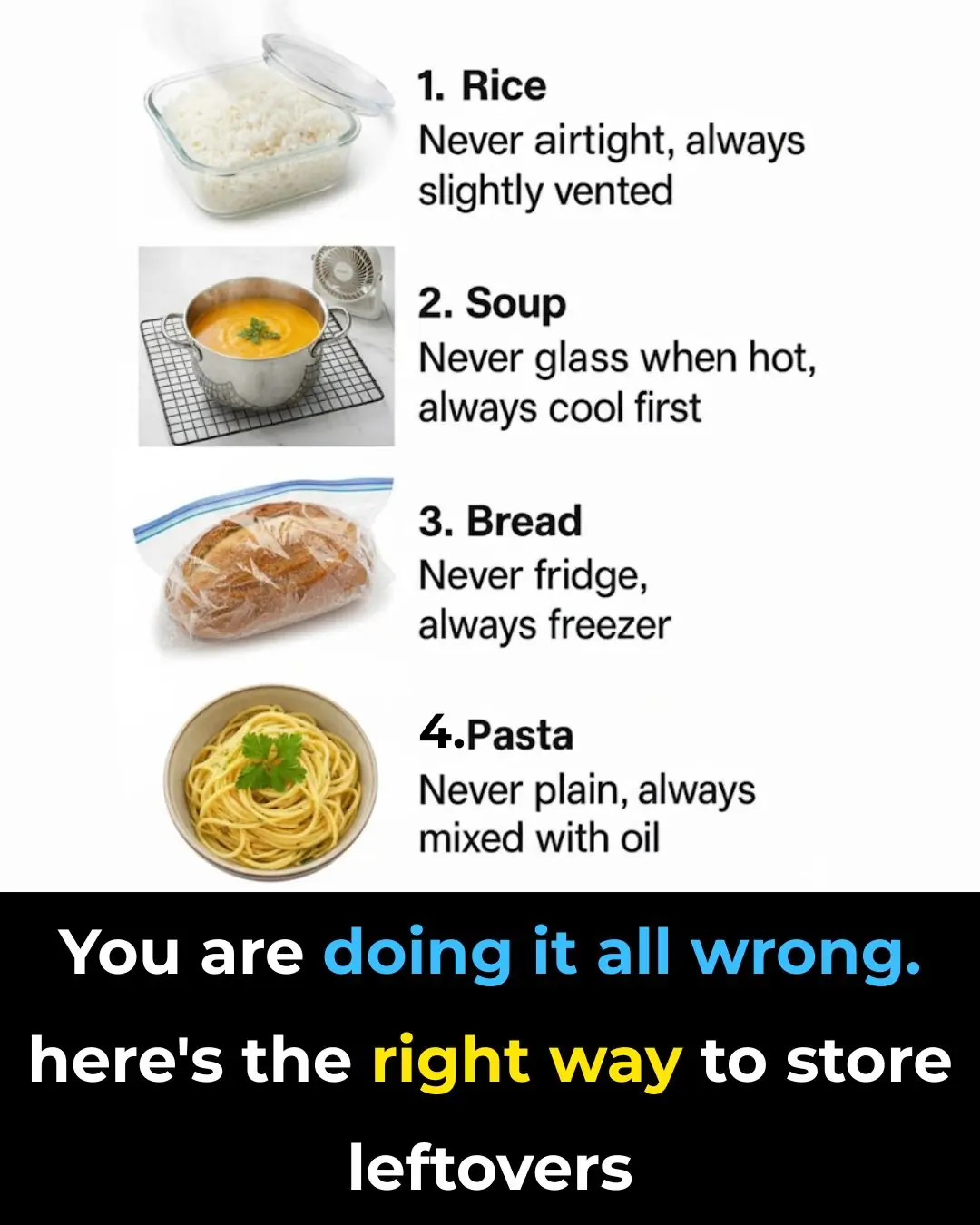
You are doing it all wrong. Here’s the right way to store leftovers
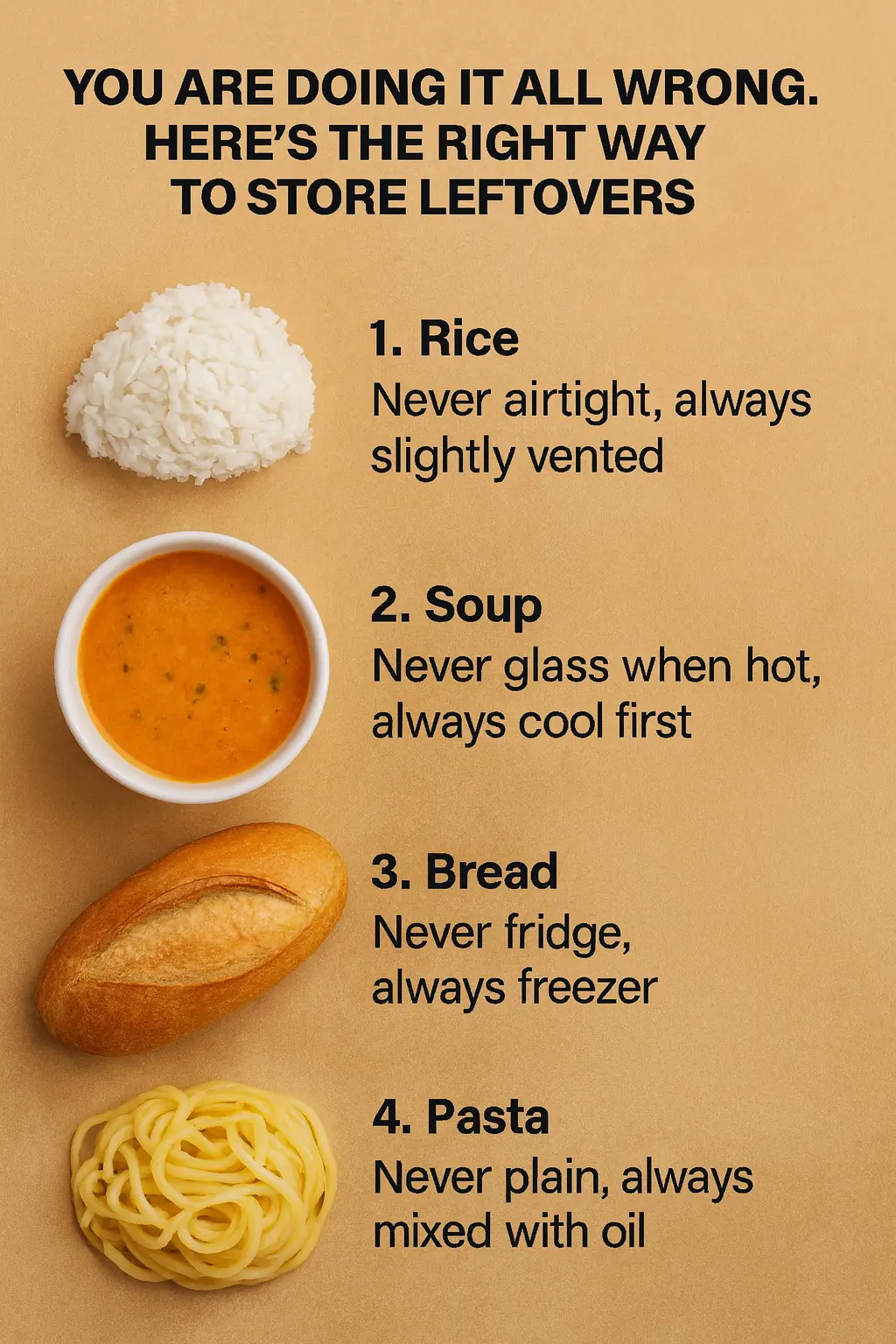
In today’s busy world, storing leftovers isn’t just about convenience—it’s a smart way to stretch your groceries, reduce waste, and save time. Yet many people still struggle with leftovers spoiling too quickly, losing flavor, or becoming unsafe to eat. The truth is, proper leftover storage isn’t guesswork—it’s a combination of simple science and smart kitchen habits.
From choosing the right containers to mastering cooling techniques, here’s a complete guide to help you keep your leftovers fresh, tasty, and safe to enjoy the next day.
1. Know the Basics: Temperature and Timing Matter
Food safety begins with understanding how bacteria multiply. Harmful bacteria thrive in the “danger zone” between 40°F and 140°F (4°C–60°C). Your goal is to move food out of this zone as quickly as possible.
✅ Refrigerate leftovers within 2 hours of cooking
✅ If the room temperature is above 90°F (32°C), refrigerate within 1 hour
✅ Keep your fridge at 40°F (4°C) or below
✅ Eat refrigerated leftovers within 3–4 days
Cooling food quickly is one of the most important steps to preserving its flavor and safety.
2. Choose the Right Container for Every Food
Not all containers are created equal. The type you use determines how long leftovers stay fresh.
-
Airtight containers prevent contamination and retain moisture
-
Glass containers are ideal for reheating and don’t warp under heat
-
Appropriate sizing reduces excess air exposure, which leads to freezer burn
-
Leave space at the top when freezing liquids—soups and stews expand as they freeze
Choosing the right container extends shelf life and preserves texture.
3. Why You Shouldn’t Store Cooked Rice in Airtight Containers
Cooked rice requires special care. If stored airtight while still warm, moisture becomes trapped—creating an ideal environment for Bacillus cereus, a bacterium that can survive cooking and cause food poisoning.
To store rice safely:
-
Cool it quickly
-
Use vented or loosely covered containers
-
Refrigerate immediately
-
Consume within 1–2 days
-
Reheat thoroughly until steaming hot
Rice is safe to store—but only with proper technique.
4. Avoid Cracked Glass: Cool Soup Before Storing
Pouring hot soup into cold glass containers can cause thermal shock, leading to cracking or shattering.
Cool your soup safely by:
-
Dividing it into shallow containers
-
Spreading it thin to increase surface area
-
Allowing it to reach room temperature before transferring to glass
Once chilled, seal and refrigerate. Reheat to 165°F (74°C) before eating.
5. Bread Storage: Why the Freezer Wins Every Time
Most people assume the fridge is ideal for bread, but cold temperatures actually accelerate starch retrogradation, making bread dry and stale much faster.
For best results:
✅ Store bread on the counter if eating within 2–3 days
✅ Freeze for long-term storage
✅ Wrap tightly in foil or plastic before sealing in a freezer bag
✅ Toast or thaw at room temperature when ready to eat
The freezer keeps bread soft, fresh, and flavorful.
6. Keep Pasta From Sticking: Toss With Oil
Plain pasta tends to clump together when stored. A light coating of olive oil keeps the strands separated.
-
Toss pasta with 1–2 teaspoons of oil
-
Store in an airtight container
-
Eat within 3–5 days
-
Add a splash of water when reheating to restore moisture
This simple trick prevents dryness and stickiness.
7. Labeling: A Small Step That Saves Food
Labeling your leftovers helps you avoid guessing games—and throwing away good food.
Include:
-
Date of storage
-
Food name
-
Optional: reheating instructions
Use markers or freezer-safe labels that don’t smudge.
8. Set the Right Temperature Every Time
A well-functioning fridge and freezer are the foundation of food safety.
-
Fridge: 40°F (4°C)
-
Freezer: 0°F (-18°C)
Use an appliance thermometer to double-check accuracy—built-in gauges are often unreliable. Avoid overcrowding your fridge; proper airflow keeps temperatures stable.
9. Portion Leftovers Before Storing
Portioning food into meal-sized containers saves time and reduces waste.
Benefits include:
-
Faster reheating
-
Better organization
-
Less risk of reheating the same food repeatedly
-
Easier lunch or dinner prep
It’s a simple habit that makes a big difference.
10. Reheat Safely and Properly
Reheating leftovers incorrectly can cause cold spots where bacteria survive.
Follow these guidelines:
-
Heat to 165°F (74°C)
-
Cover food to retain moisture
-
Stir halfway when microwaving
-
Bake or toast crispy foods for better texture
Microwaves are great for speed, but ovens keep foods crispy and flavorful.
11. Try These Viral Leftover Storage Hacks
Social media offers surprisingly useful tips for making leftovers last longer—some worth incorporating into your routine:
✅ Freeze sauces, broths, and herbs in ice cube trays for single-use portions
✅ Store leafy greens with a paper towel to absorb extra moisture
✅ Freeze tomato paste in spoonfuls for recipes
✅ Use mason jars for layered meal preps
These hacks can help you waste less and cook smarter.
Final Thoughts
Storing leftovers isn’t just a chore—it’s a skill that can make your meals safer, your fridge more organized, and your grocery budget stretch further. With the right containers, proper cooling techniques, smart labeling, and a few clever hacks, you can enjoy your meals just as much the second time around.
Master these leftover storage strategies, and you’ll transform the way you cook, save, and eat—one container at a time.
News in the same category


Vinegar is the key to streak-free windows and shiny surfaces, but most use it wrong. Here's the right way to use it

Haven't heard that before

10 genius tricks to revive your garden patio
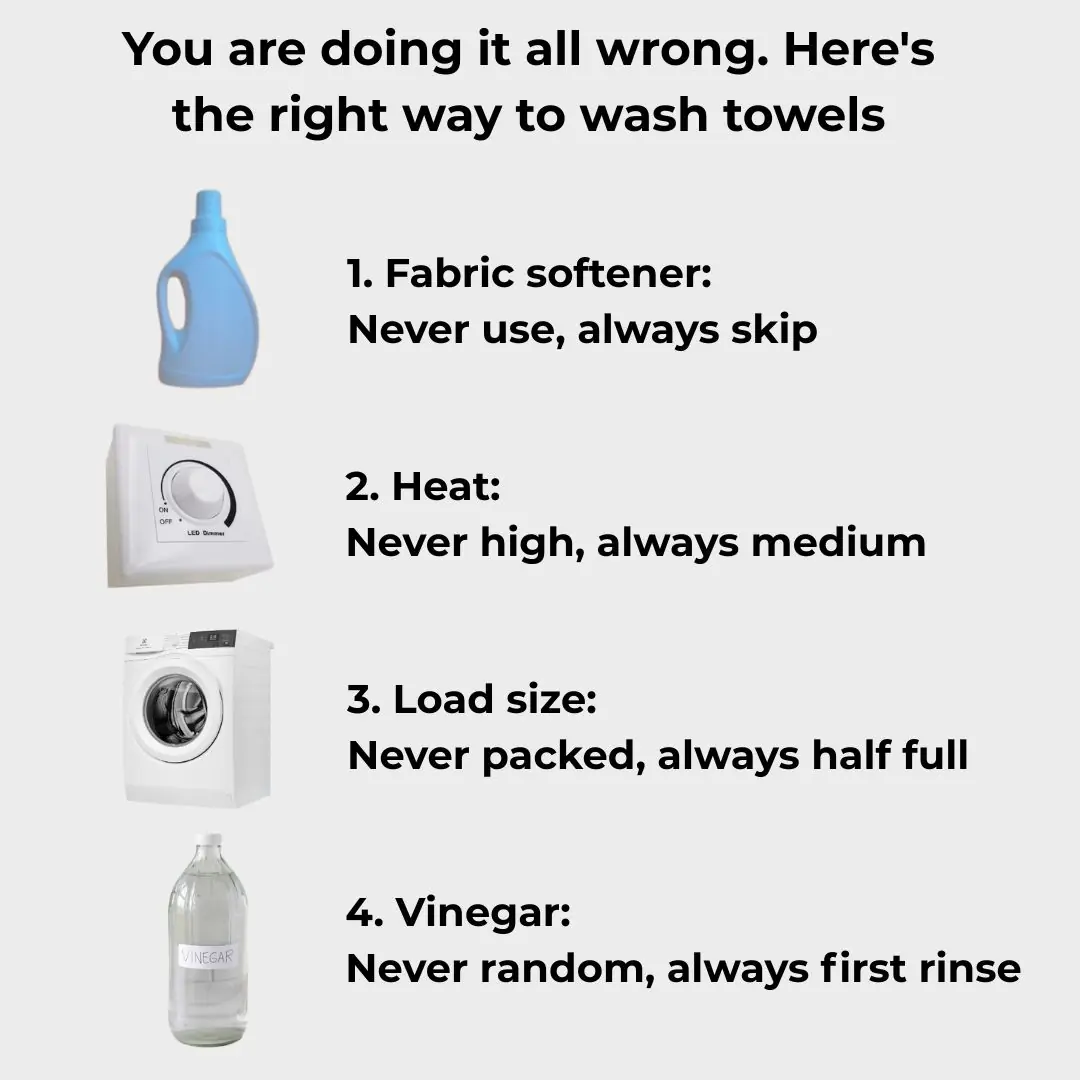
You are doing it all wrong. Here’s the right way to wash towels

They look so harmless

How to Remove a Fish Bone from Your Throat 🐟😮
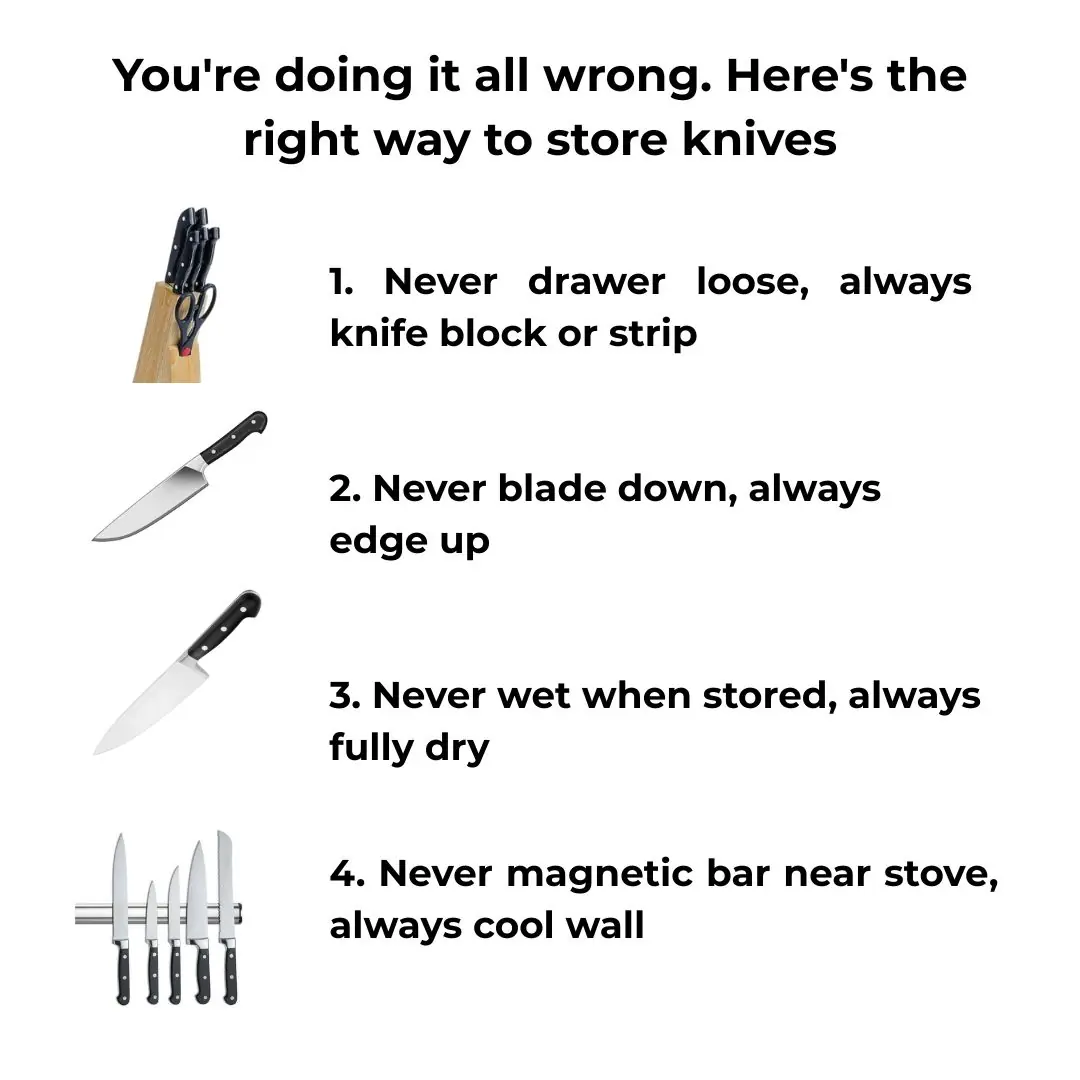
You’re doing it all wrong. Here’s the right way to store knives

You’re doing it all wrong. Here’s the right way to unclog your drain

Mistake when washing grapes with salt and baking soda: This method only removes insect eggs, and the skin is still edible

Boiling chicken with plain water is outdated: 2 ways to cook chicken without water that make it delicious, tender, and preserve its nutrients

A type of vegetable destroys more than 90% of cancer cells within 48 hours, yet Vietnamese people mistake it for a wild plant growing all over the streets.

A plant with a distinctive aroma: Both a spice and a 'miracle' for health

Bare pork through boiling water, thought clean but soaked in more dirt: This is the most correct thing

A week after applying this method, cockroaches, ants, and mosquitoes no longer appeared in my house.

🚽 How to Unclog a Toilet Without Using a Plunger – 5 Smart, No-Mess Hacks That Actually Work

You are doing it all wrong. Here’s the right way to use your fireplace
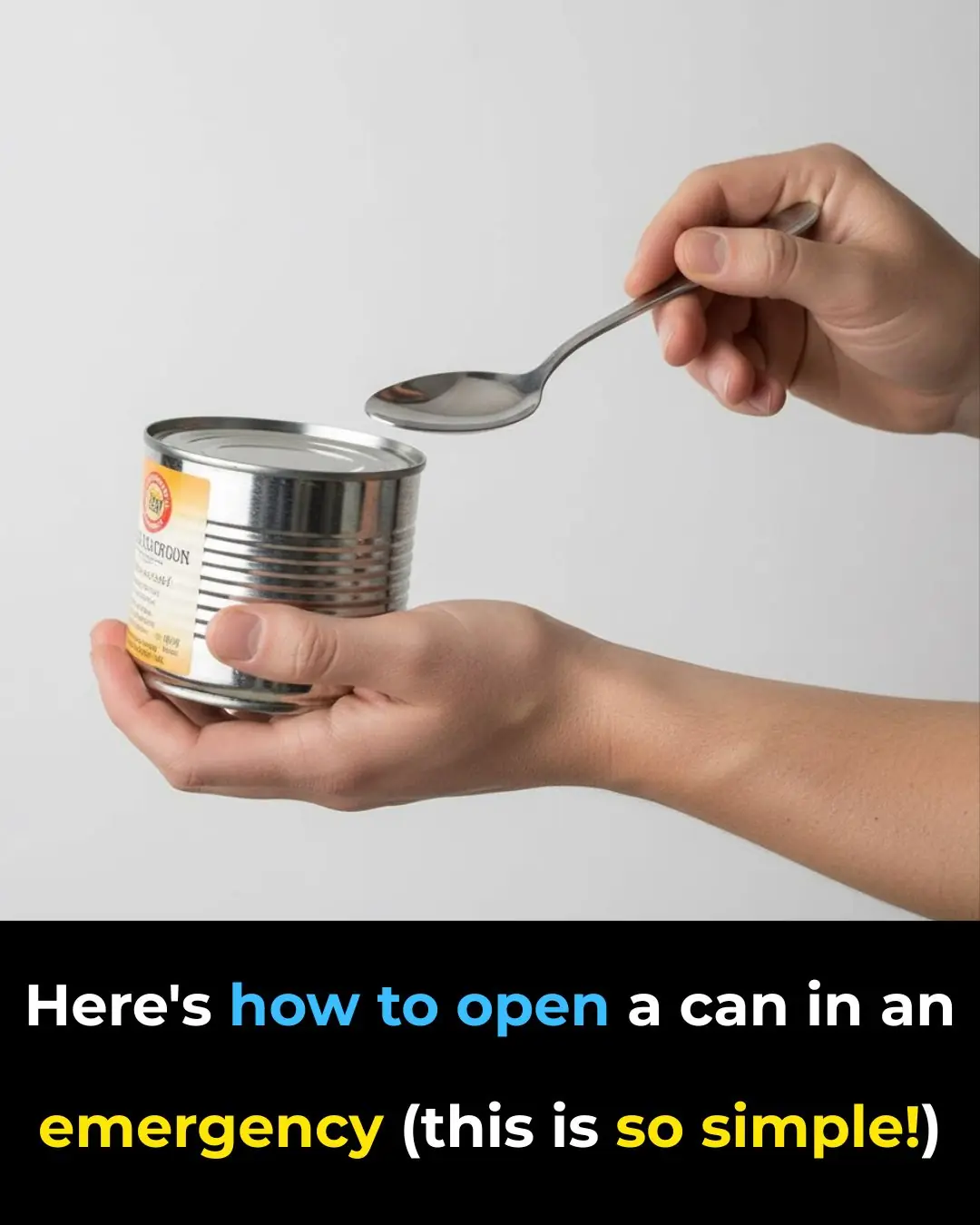
Here's how to open a can in an emergency (this is so simple!)

Most people will never know
News Post

Eating Steamed Sweet Potatoes Every Day: A Woman Shocked by Her Liver Test Results

Warning Signs You Should Never Ignore: The Silent Symptoms of a Brain Aneurysm

Model Loses Both Legs After Toxic Shock Syndrome From Everyday Tampon Use

Before And After: Woman With Extreme Lip Enhancements Reveals Old Look

Tragic End: Georgia O’Connor Passes Away Weeks After Wedding Amid Medical Neglect
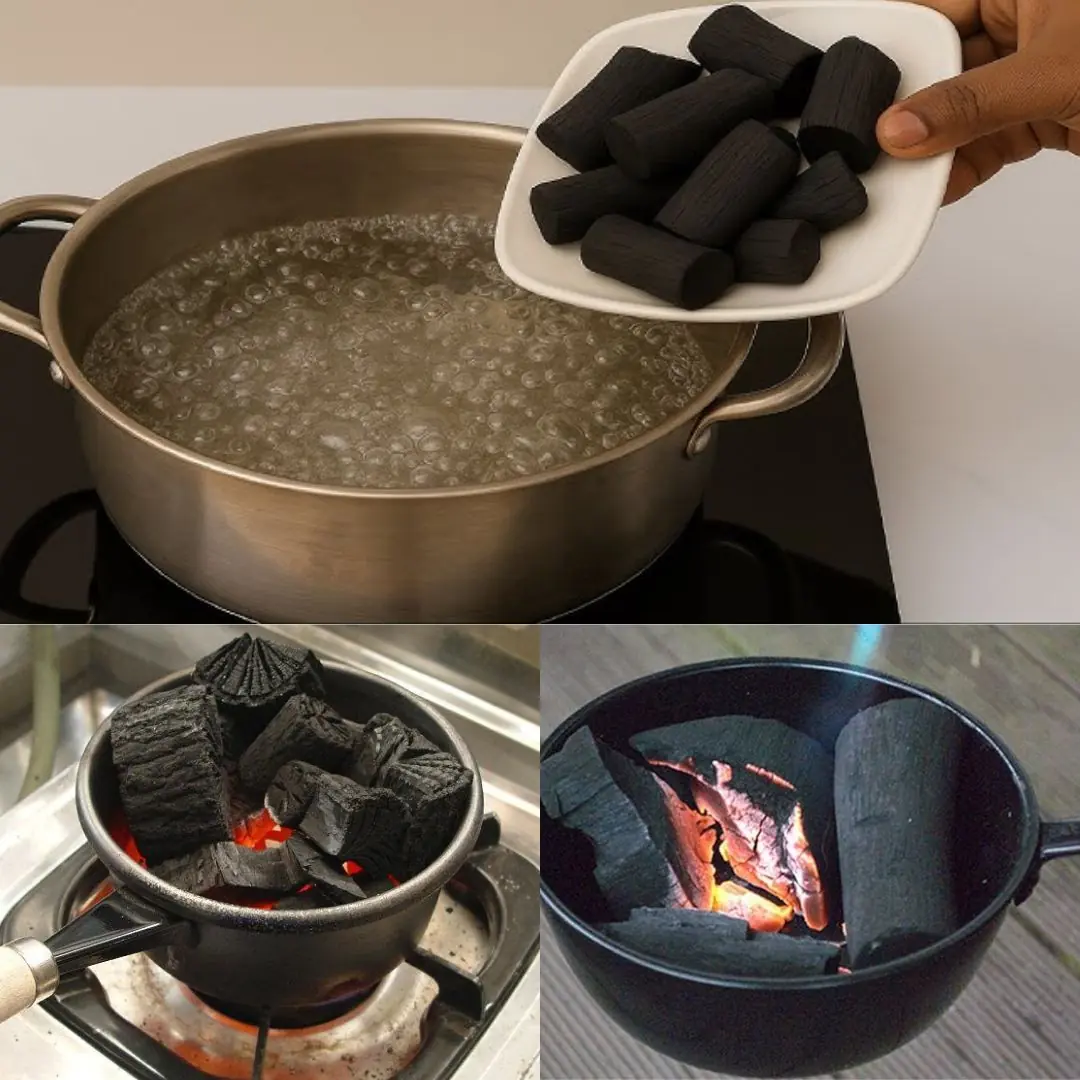
DIY Survival Water Filter: A Simple Life-Saving Tool You Can Make Anywhere

30 Powerful Reasons You Should Stop Ignoring Purslane

Why drinking your sugar is more harmful for diabetes than eating it, study finds

You are doing it all wrong. Here’s the right way to store leftovers

When a cat rubs against you, this is what it means

Zodiac Signs Most Likely to Have Prophetic Dreams

Ivy and Vinegar: A Safe and Natural Spray to Keep Pests Off Your Garden
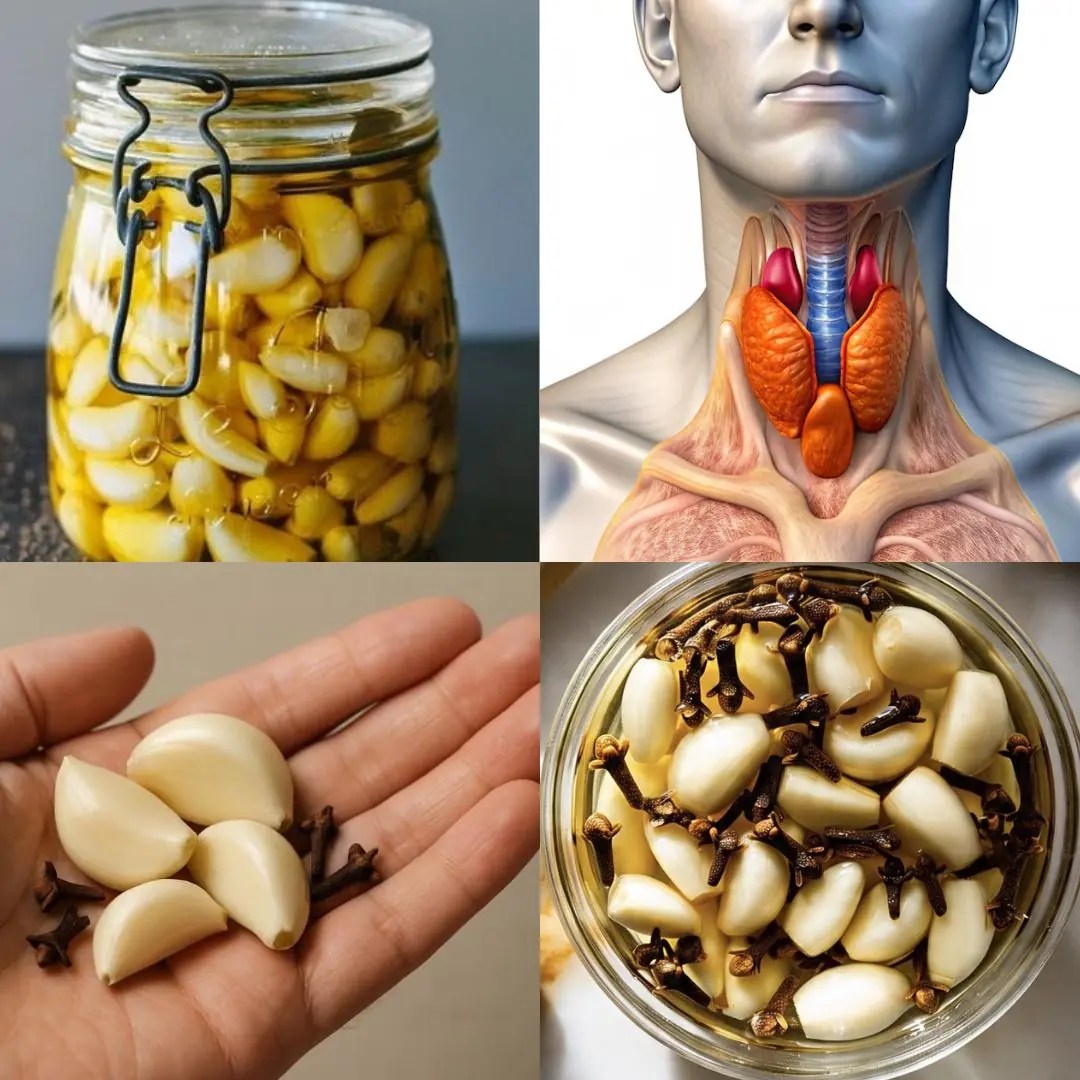
Garlic, Honey, and Cloves – a powerful natural remedy packed with health benefits

Vinegar is the key to streak-free windows and shiny surfaces, but most use it wrong. Here's the right way to use it

Haven't heard that before

10 genius tricks to revive your garden patio

You are doing it all wrong. Here’s the right way to wash towels

They look so harmless
